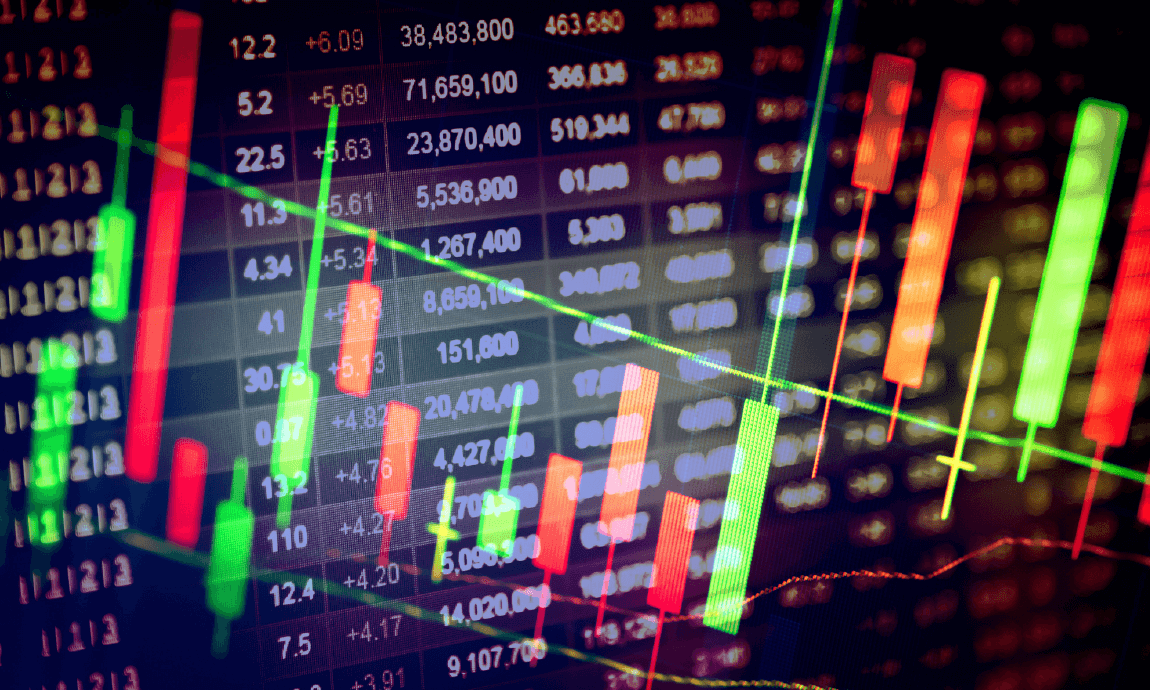The mortgage applications in the US for the week ending May 22, 2020, appreciated 2.7% compared to the previous week, the Mortgage Bankers Association stated in their Weekly Mortgage Applications Survey.
The Market Composite Index rose 2.7% on a seasonal basis and 3% on an unadjusted level.
The Refinance Index, compared to last week, decreased by 0.2% and was 176% upper completed to the same week but one year ago.
The seasonally adjusted Purchase Index rose 9% compared to the week earlier, and the unadjusted one appreciated 7% compared to the prior week and 9% higher than the same week a year ago.
Following the reopening of various states in the US, the housing market resumes its recovery path, as more buyers continue searching for a home.
Last week, the purchase applications climbed 9%, recording a sixth consecutive weekly appreciation and a rise of 54% since the beginning of April.
According to the MBA’s Associate Vice President of Economic and Industry Forecasting, Joel Kan, the purchase loan amount reached its highest zone since the middle of March.
The refinance activity resumes flat, but 176% higher compared to last year’s rate. Conventional refinance applications rose 2% while government refinancing dropped by almost 7%.
The refinance share of mortgage activity declined from 64.3% to 62.6%, and the adjustable-rate mortgage share of activity climbed to 3.4%.
The FHA share of total applications declined from 11.5%, the prior week, to 11.2%. The USDA share of total applications dropped from 0.7% to 0.6%, and the VA share fell from 11.5% to 11.2%.
The average contract interest rate for 30-year fixed-rate mortgages with conforming loan balances of $510,400 or less climbed from 3.41% to 3.42%, and for $510,400 or more from 3.66% to 3.71%, whereas the mortgages backed by the FHA declined from 3.46% to 3.41%.
The average contract interest rate for 15-year fixed-rate mortgages dropped from 2.88% to 2.87%, and the average contract interest rate for 5/1 ARMs declined from 3.19% to 3.08%.



























